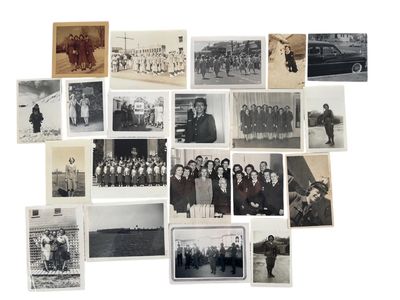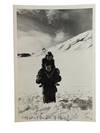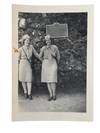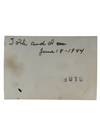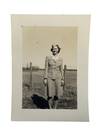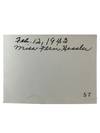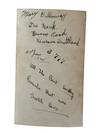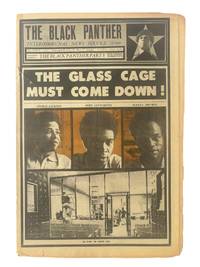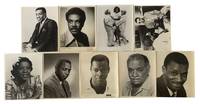by Women in the Military, WWII
Collection of black-and-white silver gelatin photographs documenting the service of American women in the military during World War II and the 1950s. Includes 20 photographs, ranging in size from3.5" x 5" to 2" x 3" Photos depict members of the Women’s Army Corps (WAC), Women Accepted for Volunteer Emergency Service (WAVES), the National Guard, and other auxiliary military units, such as a group of Asian-American nurses aides. Several images include handwritten captions identifying individuals, locations, and dates, with notable references to Camp Bullis, Texas (1956), and Fort Des Moines, Iowa.
The archive provides a visual testament to the (truncated)
The archive provides a visual testament to the (truncated)
